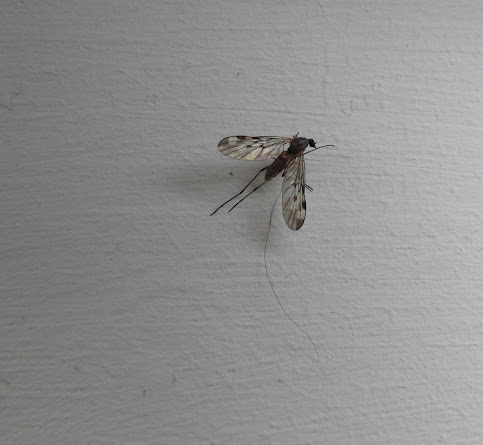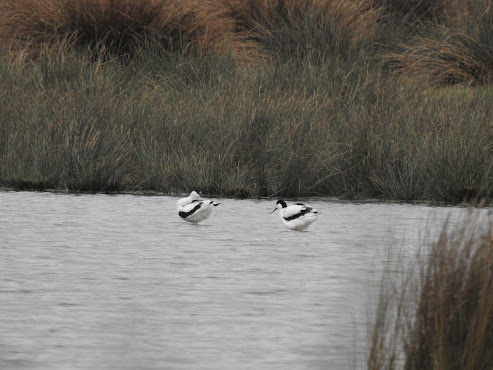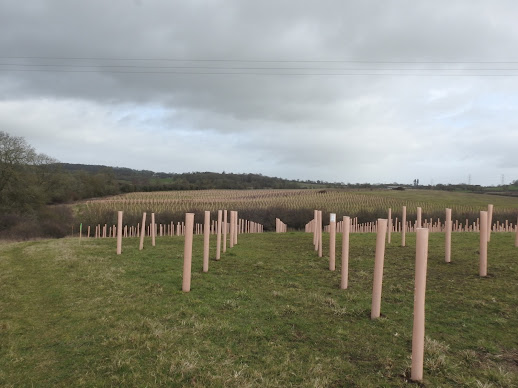There has recently been a Lesser Spotted Woodpecker locally, and this morning I saw it. I say it, the bird is a male, but my view in poor light failed to confirm the presence of a red cap. I had heard it first of all, the first "quee quee quee" I had heard for years. Then saw it fly in and perch some way off. A few minutes later it appeared much closer, in a Goat Willow, and I could have got a shot if I hadn't spent the time trying and failing to see a red crown. A few seconds later it was off, and despite my hanging around for another hour, there was no repeat performance.
The location is an old breeding site, but there haven't been any reported since 2015. They do wander around, so if it was a poorly seen male, then it is unlikely to attract a mate.
You'll notice I haven't said where it is. Unfortunately when certain breeding birds get too rare there is a general perception that egg collectors and over-enthusiastic photographers need to be kept away, and quite right too. This green curtain has the backwash effect that ordinary birders may also be kept in the dark.
I later went to Earlswood Lakes where I saw two Lesser Redpolls, my first Swallow of the year, and at least 50 Sand Martins which towered high above Engine Pool.
Another bird seen recently at Earlswood is a colour-ringed Grey Wagtail which had come from a site in Lancashire. I therefore scrutinised a singing bird at Engine Pool, but concluded it was unringed.
 |
| Grey Wagtail |
Sorry about the secrecy.
























